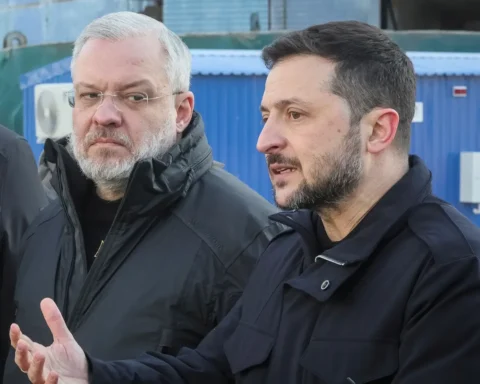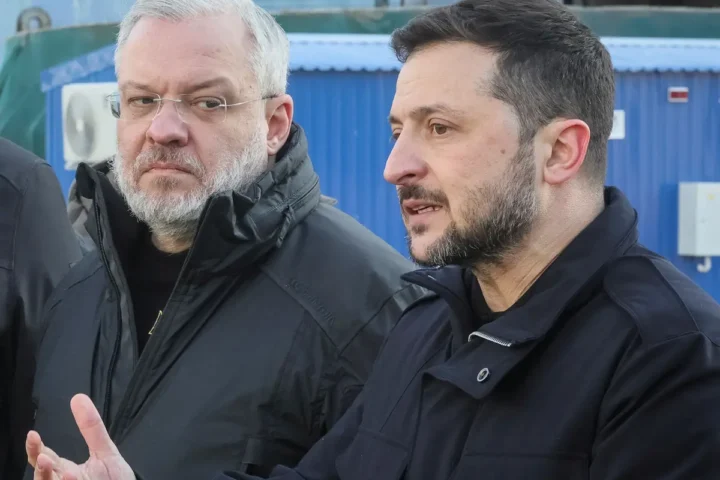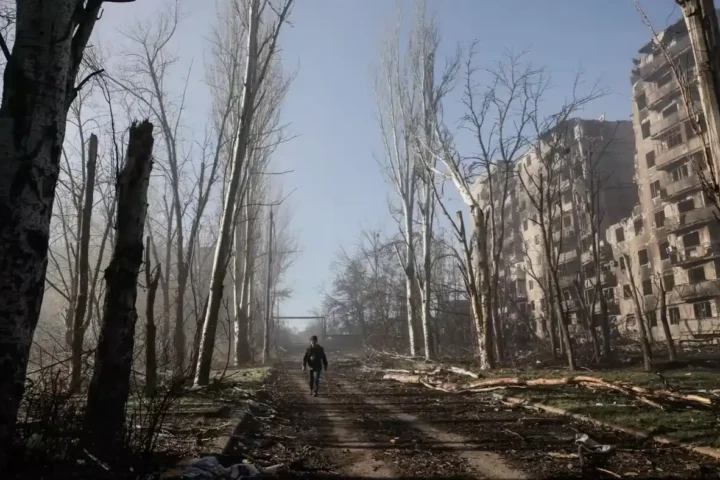European imports of Russian liquefied natural gas (LNG) generated around €8.10 billion in tax revenues for the Kremlin in 2022–2024. That estimate, cited by Euronews from new Greenpeace research, assesses the profitability of Yamal LNG and its tax footprint for Russia’s budget.
The gist: LNG imports are rising, contracts are long, and the money is real
After Russia’s full-scale invasion, the EU turned off the tap on pipeline gas, yet seaborne LNG flows proved more resilient: in just the first half of 2025, EU imports of Russian LNG reached 12.8 billion cubic meters, 67% higher than four years earlier. The main beneficiary on the export side — Yamal LNG — generated $9.5 billion in profit-tax payments in 2022–2024, according to Greenpeace.
The report translates these sums into military equivalents: with such revenues, Russia could acquire up to 9.4 million 152 mm artillery shells (roughly three years at today’s 3 million-per-year output), about 270,000 Shahed-type attack drones, or 2,658 tanks. It’s a stark measure of the real “price” of Europe’s LNG purchases during wartime.
Who bought — and under what contracts
From 2022 to 2024, Yamal LNG earned an estimated $40 billion, operating under long-term contracts with European firms including TotalEnergies, Engie, Shell, Naturgy, SEFE, and others. Some of these agreements run through 2038–2041, locking in supply for decades. Greenpeace argues these deals alone helped generate billions in tax proceeds for Russia.
The import map looked like this: the main recipients of Russian LNG were France, Germany, the Netherlands, Spain, Switzerland, and the UK. The largest EU reception and transshipment hub was the Belgian port of Zeebrugge, through which a substantial share of Europe’s Russian LNG volumes flowed; in the first half of 2025 it handled about 3.3 bcm, putting the terminal on track to surpass its 2023 record (6.1 bcm).
What happens to the contracts: the EU plan and litigation risk
Brussels has charted a course toward ending imports of Russian gas — including LNG — by the end of 2027. The legal architecture of a phased ban — from blocking new deals to terminating long-term ones — is under discussion among EU institutions and member states. But numerous take-or-pay and other stringent provisions in existing contracts threaten court battles between Russian suppliers and European counterparties — a risk highlighted by industry lawyers and regulators.
A “double dependency”: from Zeebrugge to the United States
Even as Russian flows are trimmed, Europe is rapidly ramping up LNG imports from the US. Greenpeace estimates that in the first half of 2025, the EU imported 52.7 bcm of American LNG, with the year heading for a new record. At the same time, the political dimension looms large: the European Commission and the White House concluded a deal that includes an EU commitment to purchase roughly €213 billion per year in US energy products, including LNG. The result is a “molecule substitution” structure: exiting Russian pipeline gas translates into deep reliance on long-dated US LNG contracts.
“To escape the LNG trap and increase independence from Trump and Putin, Europe must rapidly end its use of fossil gas and fully transition to an energy system based on home-grown renewable energy,” the Greenpeace report states.
Company-level details (Greenpeace estimates, Yamal LNG profit tax, 2022–2024)
- TotalEnergies (France) — ~$2.5 bn; contract through 2041.
- SEFE (Germany) — ~$1.45 bn; contract through 2038.
- Naturgy (Spain) — ~$1.25 bn; contract through 2038.
- Engie (France) — ~$0.5 bn; contract through 2041.
- Shell (UK/Netherlands) — ~$0.45 bn; contract through 2041.
- Gunvor (Switzerland) — ~$0.25 bn; contract through 2038.
Why Zeebrugge is a symbol of the era
EU sanctions restrict the transshipment of Russian LNG in EU ports, yet logistics adapted: via Zeebrugge and other hubs, cargoes still reached the European market (and sometimes moved onward to Asia), undermining the goal of fully limiting Russia’s access to EU infrastructure. That is why the Belgian terminal epitomizes a “double dependency”: the EU is expanding US LNG imports while still receiving Russian LNG, albeit via evolving routes.
Context: money, politics, and a debate over timing
As Euronews notes, the push to end Russian LNG imports by 2027 is on EU leaders’ agendas and may trigger legal disputes with suppliers. In practice, this implies multiple rounds of negotiations to terminate, replace, or soften contracts — and to synchronize with the Commission’s plan for a complete exit from Russian hydrocarbons.
- Over three years of LNG trade, Moscow received billions in tax revenues — funds Greenpeace converts into the equivalents of concrete weapon systems.
- Russian LNG contracts remain in force, but the EU aims to wind down imports by 2027 — at the cost of litigation risk and additional regulatory steps.
- Dependency hasn’t vanished; it has shifted: US LNG imports are growing under similarly long-term agreements.
- The agenda isn’t just supplier diversification but reducing gas demand itself via an accelerated shift to renewables — exactly what Greenpeace is pressing for.
This article was prepared based on materials published by Euronews. The author does not claim authorship of the original text but presents their interpretation of the content for informational purposes.
The original article can be found at the following link: Euronews.
All rights to the original text belong to Euronews.


















